A PESTSLE ANALYSIS
 |
| Research on a PESTSLE ANALYSIS |
Offshore Platform Decommissioning in the Oil and Gas Industry
Executive Summary
The increasing complexity of environmental issues has prompted the development of Sustainable Business Models (SBMs) that can integrate economic, environmental, and social flows into a single value network. The oil and gas industry, for example, is seeking innovative and long-term solutions to the problem of offshore platform decommissioning. Despite the fact that relevant literature has emphasized the benefits of multi-reuse of these buildings, the impact of Sustainable Decommissioning (SD) on macro-environmental parameters remains unknown. Based on these considerations, this study conducts a PESTLE (Political, Economic, Social, Technological, Legal, and Environmental) analysis based on semi-structured interviews with key informants and stakeholders in the oil and gas industry in Italy. The findings of the study can lead to new ways of thinking about how to address the challenges of sustainable offshore platform decommissioning, as well as the importance of combining economic and environmental sustainability with social needs through synergistic efforts by local entrepreneurship and institutional arrangements. This work can contribute to the growing subject of sustainable business models for offshore platform decommissioning, as well as identify future research directions.
Download
Introduction
The 17 macro-objectives, also known as Sustainable Development Goals (SDGs), declared by the United Nations General Assembly on September 25, 2015, have been called on countries, organizations, and citizens to pursue in the next decades. The SDGs aim to promote organizational operationalization and integration of sustainability, addressing current and future stakeholder needs, and ensuring a better and sustainable future for all, while balancing economic, social, and environmental development, which has a significant impact on employment, innovation, climate change, and blue growth. In this regard, there is a rising recognition in the corporate world of the importance of sustainability issues and the necessity to meet the challenge of sustainable development in order to address more conscious environmental and social concerns. As a result, over the last ten years, the topic of a Sustainable Business Model (SBM) has gained increasing traction in the literature and across a variety of industries, prompting businesses and academics to look for new ways to improve their impact on the three pillars of sustainability: profit, people, and planet. Innovation, management and marketing, entrepreneurship, energy, fashion, healthcare, agri-food, supply chain management, circular economy, developing countries, engineering, construction and real estate, mobility and transportation, and hospitality are just a few of the areas where these models can be used. Furthermore, creative solutions in the oil and gas industry necessitate the incorporation of sustainable business models capable of supporting the energy transition and mitigating climate change consequences in competitive strategies.
The decommissioning of offshore platforms is one of the most pressing concerns in this industry, both in terms of social, environmental, and technological consequences. Many offshore platforms exist around the world that have ensured the extraction of hydrocarbons into the water for the duration of their operations. Once the reservoir is drained or the structure has outlived its useful life, they become large-scale structures with a complex and expensive disposal process that has an environmental impact. Decommissioning activities for offshore platforms have received more attention in recent years, owing to the fact that their service lives are coming to an end all over the world. Decommissioning is the process of deactivating a facility when it has reached the end of its useful life. Abandoned or decommissioned offshore installations or structures must be removed from any continental shelf, according to international norms. However, because of the high costs of decommissioning as well as environmental concerns, international legislation are gradually shifting toward a more flexible approach if technological estimates allow it. Indeed, experts and academics have agreed that partial platform removal can provide better environmental outcomes than complete platform removal in terms of biodiversity enhancement, reef habitat provision, and protection from bottom trawling, all of which are negatively impacted by complete platform removal. As a result of this understanding, several countries have decided to leave old structures as artificial reefs or find other ways to repurpose these assets in a sustainable way.
Several scenarios involving energy production from wind and photovoltaic farms in decommissioned offshore platforms have been studied in the literature, with the goal of producing renewable energy to produce hydrogen, to allow the methanation process, or to produce fresh water from the desalination process. In this direction, a Sustainable Decommissioning (SD) is defined as a process that aims to achieve the most efficient and sustainable solution by considering both technical and environmental aspects, as well as assessing a multi-conversion of these assets aimed at improving social well-being and local entrepreneurship initiatives. Despite the fact that relevant literature has highlighted the potentialities associated with multi-reuse of these structures, the impact of sustainable decommissioning of offshore platforms on macro-environmental factors, particularly social well-being and local entrepreneurship, remains a collective and open question, particularly in the Italian context, which has yet to be investigated in those terms. There are 138 platforms in Italy that are nearing the end of their manufacturing cycle and will be demolished as a result. By 2021–2022, 21 platforms will have been decommissioned in the Northern Adriatic Sea alone.
Tools and Technique
The study uses a PESTLE analysis (also known as PEST or PESTEL) based on semi-structured interviews with oil and gas key informants and stakeholders, including experts, practitioners, and scholars in the Italian context, to investigate the impact of Sustainable Decommissioning (SD) of offshore platforms on macro-environmental parameters. This type of analysis was created to evaluate an industry's or business's external macroenvironment. It is widely seen to be beneficial in identifying and comprehending the main political, economic, social, technological, legal, and ecological elements that are likely to influence a complicated process like offshore platform decommissioning. It can assist decision-makers in considering potentials or difficulties that may have an impact on their initiatives' success. PESTEL analysis has been used as a framework for strategic decision-making and to help design future scenarios and business models. A qualitative technique was used to study the PESTLE variables, drawing on a sample of six individual interviews and one focus group of four individuals, for a total of ten participants. In order to consider the entire actors who, participate or can participate in the sustainable decommissioning process, semi-structured interviews were conducted with key informants and stakeholders, including experts, practitioners, and scholars from the oil and gas industry, as well as the green energy sector, tourism, NGOs, and the aquafarm industry in the Italian context.
No. of Offshore platforms
Status
Competent Port Authority
Structure’s Characteristics
3
Inactive
Chioggia
Monotubular
35
Inactive 2
Active 33
Ravenna
Monotubular; reticular structure with 3,4,6,12 legs
19
Inactive 3
Active 16
Rimini
Monotubular; bitubular, reticular structure with 3,4,6,8 legs
8
Active
Pesaro
Underwater well head; reticular structure with 4 or 8 legs
2
Inactive
Brindisi
Underwater well head
24
Active
Ancona
Underwater well head; reticular structure with 3,4,8 legs.
3
Inactive 2
Active 1
Porto Empedocles
Underwater well head
11
Active
San Benedetto
Underwater well head; Monotubular; reticular structure with 4 or 8 lags
12
Active
Pescara
Underwater well head; Monotubular; bitubular reticular structure with 3,4,8 lags
6
Active
Crotone
Underwater well head; Monotubular; reticular structure with 4 or 8 lags
2
Active
Termoli
Reticular structure with 4 or 8 legs
6
Active
Ortona
Monotubular; reticular structure with 4 or 5 legs
6
Active
Gela
Underwater well head; reticular structure with 4,8,20 legs
1
Active
Pozzallo
Reticular structure with 8 legs
Identification of appropriate respondents from the oil and gas industry, as well as other sectors with deep knowledge of environmental and sustainability practices, was a critical step in this research. Three researchers investigated 10 key informants from the following main stakeholder groups over the course of three months (February to April 2021):
Oil and gas company
Green energy entrepreneurship is a term that is used to describe a business that is focused
Tourism and leisure activities entrepreneurship
Non-profit organization specializing in aquaculture entrepreneurship.
Because of the pandemic's restrictions, the interviews and focus group sessions were conducted online. The interviews lasted an average of 60 minutes and consisted entirely of open-ended questions. The interview protocols were supplied to the respondents ahead of time since it was anticipated that doing so would help them organize their ideas better. Additional information from the respondents' websites and publications was used to create a clearer picture of their sustainable strategies and the state of the industries studied. Second, the researchers posed issues about how to decommission offshore platforms in an environmentally friendly manner. The experts, on the other hand, were encouraged to communicate, even if the researcher followed the interview procedure. To ensure a more consistent transcription, the interviews were transcribed using notes and recorded. The PESTLE analysis' findings are summed up.
The PESTLE criteria are focused on potentialities and issues connected to political, economic, socio-cultural, technical, legal, and environmental considerations on the long-term decommissioning of offshore platforms in the Italian context, according to the data studies.
P-Politics
In the reconversion of offshore platforms, political factors play a crucial role. Indeed, as noted in the literature, international policy on offshore platforms is gradually changing, and a more flexible approach based on partial removal or re-appointment of facilities depending on the circumstances of each case is evolving. This is owing to global influences like as sustainable approaches and circular economy concepts, which have pushed for a more sustainable reconversion of offshore platforms. Baltic countries have already made significant progress in making their energy systems greener, according to a major informant in the green energy industry. According to mounting data, the Baltic countries have huge offshore wind energy potential, which might have a revolutionary impact on the entire region. They should be emulated by Italy. Several efforts based on the adaptation of oil and gas platforms with solar and wind energy systems have been carried out in the North Sea as well. Because the plants are built on offshore platforms that are far from the shoreline, the local populace is supportive of these activities.
E-Economics
Economic considerations bring to light a crucial feature of the long-term decommissioning of offshore platforms, namely the ability to encourage local entrepreneurship's economic growth. Indeed, according to key informants, the reconversion of these structures can be viewed as an economic stimulus from a variety of perspectives, including:
Centers for marine weather.
Plant for extracting salts or minerals from seawater.
Construction of a regasification station.
Wind turbines, solar panels, and tidal energy are all examples of renewable energy sources.
Tourism efforts and sports events draw a large number of visitors.
Construction of a suitable artificial reef.
During the focus group, an engineer who specializes in oil and gas offshore platforms said: "It will be required to analyze the geography of the platforms and their characteristics in order to understand how they may be changed in terms of creating new business ventures." However, as the literature suggests, this economic stimulus for business expansion could result in a boost in employment rates in Italy. A key insider from a major environmental organization stated, "We need a cultural and economic revolution that makes Italy completely green, contributes to job creation, and protects the climate and ecosystem." A growing number of green-energy-related jobs, as well as marine possibilities tied to commodities and services on the sea, can be created through sustainable decommissioning.
 |
| Research on a PESTSLE ANALYSIS |
S-Social
Socio-cultural characteristics point to the likelihood that the long-term decommissioning of oil and gas offshore installations could increase social well-being by acting as a driver of income redistribution and career advancement as well as an incentive for the energy transition. In a local report from Ravenna titled A window on the future of energy (2019), Dr. Stefano Silvestroni, President of Shipbuilding and Chairman of the Board of Directors, Rosetti Marino Group, stated that a sustainable initiative related to offshore platforms can improve social sustainability, as they are a key source of employment and income in several sectors, including construction, infrastructure, tourism, aquaculture, and so on. These entrepreneurial operations have the potential to generate tens of thousands of employments, as well as improved health and safety standards. The conversion and maintenance of these assets will necessitate collaboration between structural engineers, energy experts, and project managers, all of whom will play a key role in monitoring the platforms' efficiency and safety, as well as ensuring that entrepreneurship initiatives are carried out in accordance with environmental protection standards. A sustainable decommissioning could help the energy transition, boost high-value jobs, and preserve the skills needed to achieve a lower-carbon future, according to the valuable example of the United Kingdom. This scenario has the potential to reduce air pollution, CO2 emissions, and food insecurity while also having a significant influence on long-term social well-being.
T-Technological
First, there's the prospect that offshore platforms will operate as a spur for R&D and innovation. In this regard, the mayor of Ravenna stated in the report: "I am receiving managers who are faced with the decision of whether to invest in our area or overseas more and more frequently." Here, I feel one of our responsibilities as administrators is to know how to respond in a way that ensures such investments are made in the area, because this often entails the preservation or creation of jobs. In research and development, collaboration with academics and the creation of new skills in the future workforce play a role. Operators, supplier chains, and regulators should all be well-connected in this regard.
L-Legal
The default requirement in most countries' legal frameworks, as well as in the Italian context, is that offshore structures be completely removed from the seabed. However, a long-term approach to decommissioning has led to a gradual shift in international rules toward a more flexible strategy based on partial decommissioning. Apart from economic concerns, which affected oil and gas firms' decisions to postpone the removal procedure if economic and technical estimates allowed it, social and environmental considerations have also pushed for a reinterpretation of the major laws. The Ministry of Economic Development in Italy is in charge of overseeing the oil industry (MISE). The National Mining Office for Hydrocarbons and Georesources (DGS-UNMIG) is in charge of the Ministry's hydrocarbons and georesources. These instructions outline the approach for decommissioning Italian offshore installations, taking into account a variety of possibilities and laying out all of the dates and responsibilities associated with each phase of decommissioning. This declaration includes advanced considerations, such as the possibility of reusing the platforms, as well as a detailed requirement for documentation to provide the best possible decommissioning environmental management.
E-Environmental
Finally, environmental concerns are at the heart of discussions on how to make offshore platforms more sustainable. Most significant and influential environmental NGOs (eNGOs) have had one dominant discourse in regard to the offshore decommissioning of oil and gas platforms due to their environmental impact since the 1990s. Recently, several eNGOs have appeared to connect with an eco-centric narrative that favors, where possible, the option of converting offshore facilities to give back to nature. Floris van Hest, director of Stichting de Noordzee, for example, stated in Nexstep's 2018 decommissioning report: From an ecological standpoint, the re-use of oil and gas infrastructure for other uses may give benefits, because we prevent the environmental degradation. In this sense, the platforms can support a wide variety of fish and invertebrate assemblages, which are also important as aquaculture food, and many of which are of significant ecological importance and/or protected by various international and national laws. Exclusion zones around oil platforms, which prohibit the use of living biological resources, add to these advantageous conditions. As a result, removing these structures is unlikely to be the greatest strategy from an environmental/ecological standpoint, and this awareness has led several countries to keep outmoded structures as artificial reefs and discover alternate options for their long-term utilization.
References
Fonseca, L.M.; Domingues, J.P.; Dima, A.M. Mapping the Sustainable Development Goals Relationships. Sustainability 2020,12, 3359.
Osterwalder, A.; Pigneur, Y.; Tucci, C.L. Clarifying business models: Origins, present, and future of the concept. Commun. Assoc. Inf. Syst. 2005, 16, 1.
Zott, C.; Amit, R.; Massa, L. The Business Model: Recent Developments and Future Research. J. Manag. 2011, 37, 1019–1042.
Schaltegger, S.; Lüdeke-Freund, F.; Hansen, E.G. Business models for sustainability: A co-evolutionary analysis of sustainable entrepreneurship, innovation, and transformation. Organ. Environ. 2016, 29, 264–289.
Geissdoerfer, M.; Vladimirova, D.; Evans, S. Sustainable business model innovation: A review. J. Clean. Prod. 2018, 198, 401–416.
Nosratabadi, S.; Mosavi, A.; Shamshirband, S.; Kazimieras Zavadskas, E.; Rakotonirainy, A.; Chau, K.W. Sustainable business models: A review. Sustainability 2019, 11, 1663.
Jabłon´ski, M. Value migration to the sustainable business models of digital economy companies on the capital market. Sustainability 2018, 10, 3113.
Garcia-Muina, F.E.; Medina-Salgado, M.S.; Ferrari, A.M.; Cucchi, M. Sustainability transition in industry 4.0 and smart manufacturing with the triple-layered business model canvas. Sustainability 2020, 12, 2364.
Barth, H.; Ulvenblad, P.O.; Ulvenblad, P. Towards a conceptual framework of sustainable business model innovation in the agri-food sector: A systematic literature review. Sustainability 2017, 9, 1620.
Battistella, C.; Cagnina, M.R.; Cicero, L.; Preghenella, N. Sustainable business models of SMEs: Challenges in yacht tourism sector. Sustainability 2018, 10, 3437.
Schneider, J.; Ghettas, S.; Merdaci, N.; Brown, M.; Martyniuk, J.; Alshehri, W.; Trojan, A. Towards sustainability in the oil and gas sector: Benchmarking of environmental, health, and safety efforts. J. Environ. Sustain. 2013, 3, 6.
Silvestre, B.S.; Gimenes, F.A.P. A sustainability paradox? Sustainable operations in the offshore oil and gas industry: The case of Petrobras. J. Clean. Prod. 2017, 142, 360–370.
Hamzah, B.A. International rules on decommissioning of offshore installations: Some observations. Mar. Policy 2003, 27, 339–348.
Schroeder, D.M.; Love, M.S. Ecological and political issues surrounding decommissioning of offshore oil facilities in the Southern California Bight. Ocean Coast. Manag. 2004, 47, 21–48.
Fowler, A.M.; Macreadie, P.I.; Jones, D.O.B.; Booth, D.J. A multi-criteria decision approach to decommissioning of offshore oil and gas infrastructure. Ocean Coast. Manag. 2014, 87, 20–29.
Sommer, B.; Fowler, A.M.; Macreadie, P.I.; Palandro, D.A.; Aziz, A.C.; Booth, D.J. Decommissioning of offshore oil and gas structures—Environmental opportunities and challenges. Sci. Total Environ. 2019, 658, 973–981.
Fam, M.L.; Konovessis, D.; Ong, L.S.; Tan, H.K. A review of offshore decommissioning regulations in five countries—Strengths and weaknesses. Ocean Eng. 2018, 160, 244–263.
Lakhal, S.Y.; Khan, M.I.; Islam, M.R. An “Olympic” framework for a green decommissioning of an offshore oil platform. Ocean Coast. Manag. 2009, 52, 113–123.
Henrion, M.; Bernstein, B.; Swamy, S. A multi-attribute decision analysis for decommissioning offshore oil and gas platforms. Integr. Environ. Assess. Manag. 2015, 11, 594–609.
Margheritini, L.; Colaleo, G.; Contestabile, P.; Bjorgard, T.L.; Simonsen, M.E.; Lanfredi, C.; Dell’Anno, A.; Vicinanza, D. Development of an Eco-Sustainable Solution for the Second Life of Decommissioned Oil and Gas Platforms: The Mineral Accretion Technology. Sustainability 2020, 12, 3742.
Smyth, K.; Christie, N.; Burdon, D.; Atkins, J.P.; Barnes, R.; Elliott, M. Renewables-to-reefs? Decommissioning options for the offshore wind power industry. Mar. Pollut. Bull. 2015, 90, 247–258.
Topham, E.; McMillan, D. Sustainable decommissioning of an offshore wind farm. Renew. Energy 2017, 102, 470–480.
Pimentel Da Silva, G.D.; Branco, D.A.C. Is floating photovoltaic better than conventional photovoltaic? Assessing environmental impacts. Impact Assess. Proj. Apprais. 2018, 36, 390–400.
Gondal, I.A. Offshore renewable energy resources and their potential in a green hydrogen supply chain through power-to-gas. Sustain. Energy Fuels 2019, 3, 1468–1489.
Zawawi, N.W.A.; Liew, M.S.; Na, K.L. Decommissioning of offshore platform: A sustainable framework. In Proceedings of the 2012 IEEE Colloquium on Humanities, Science and Engineering (CHUSER), Kota Kinabalu, Malaysia, 3–4 December 2012; pp. 26–31.
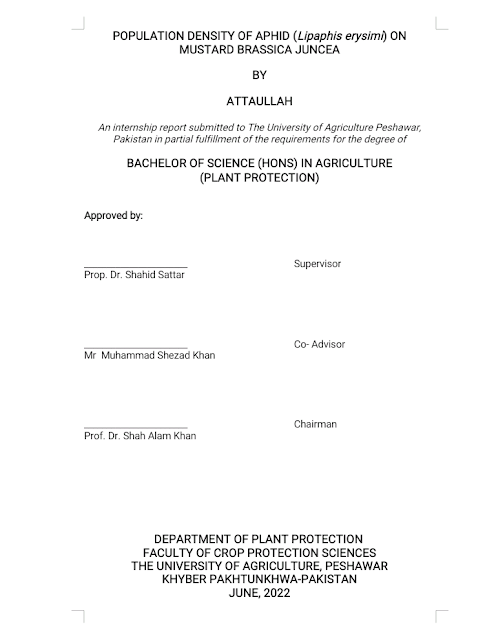











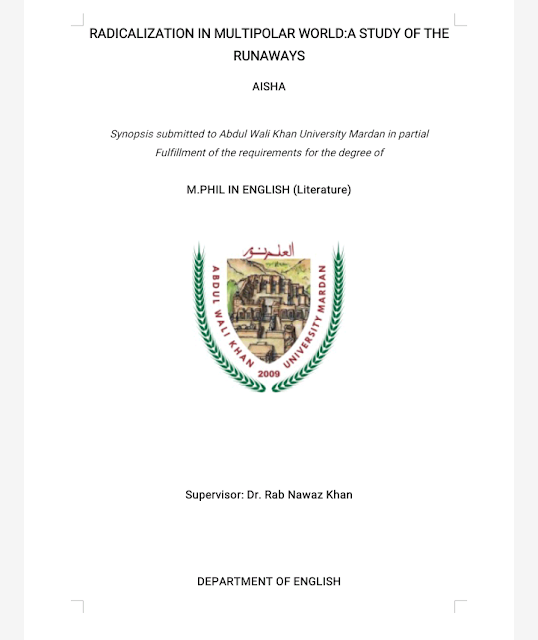
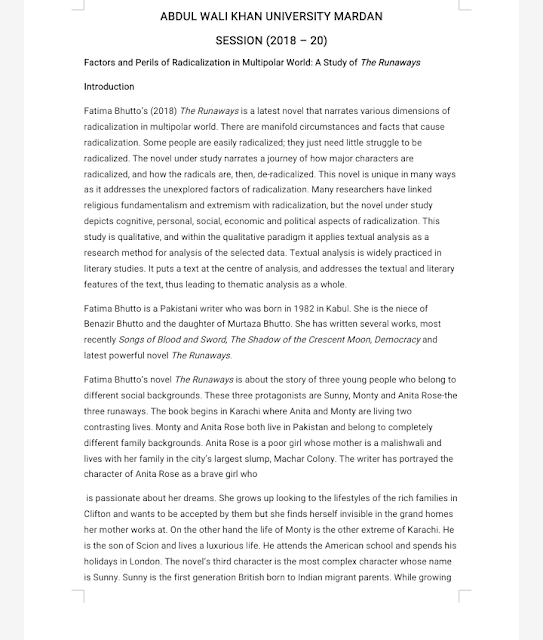

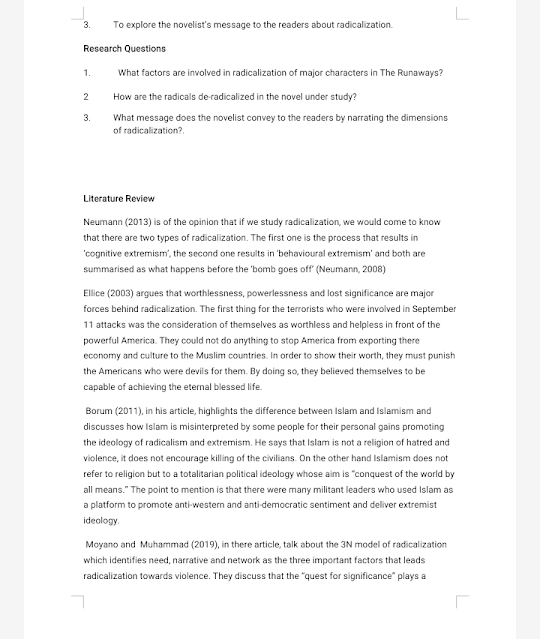
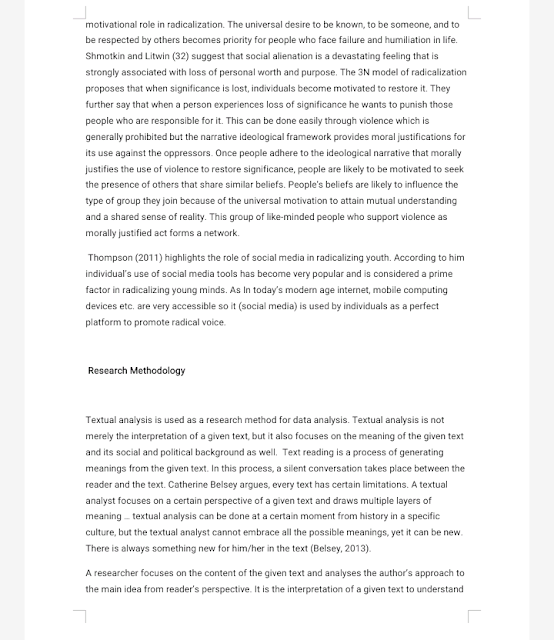
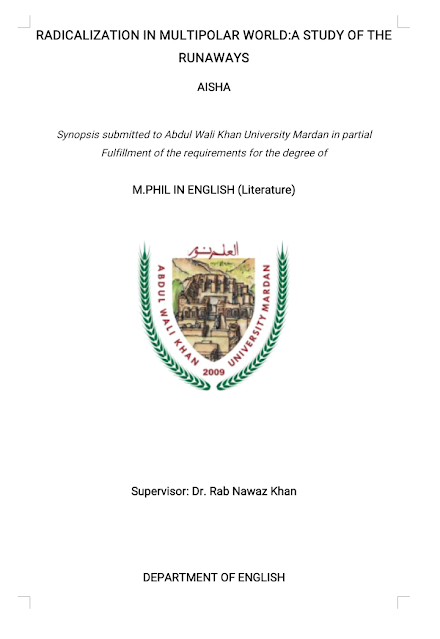

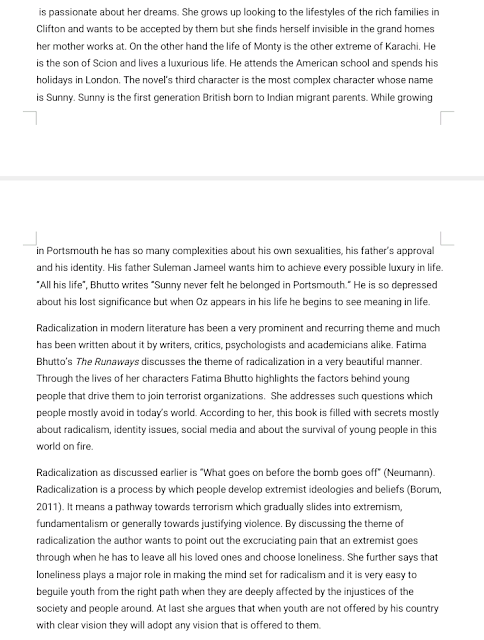
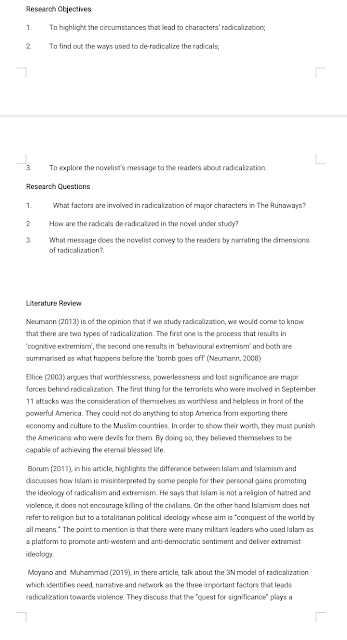

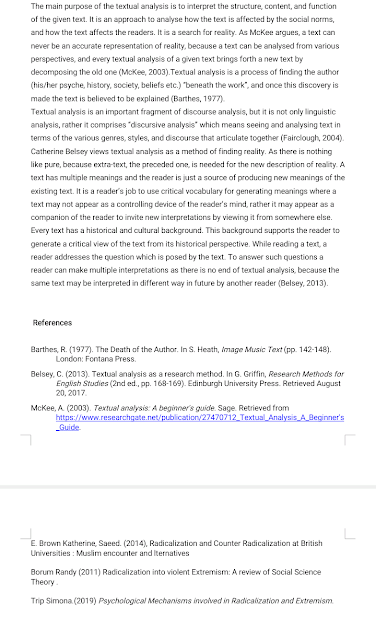
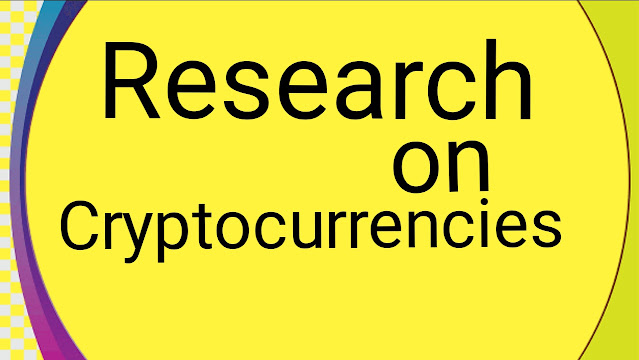
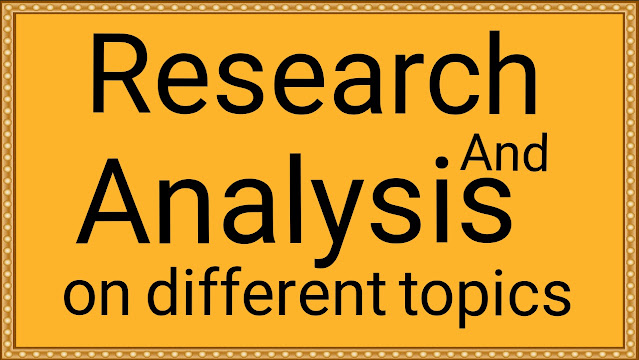



Social Plugin